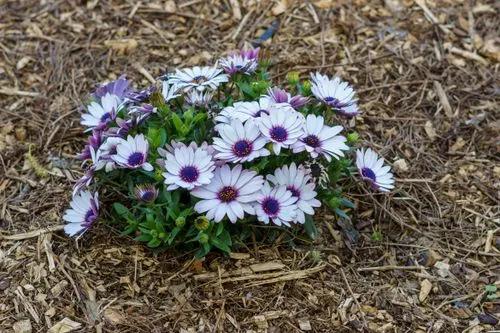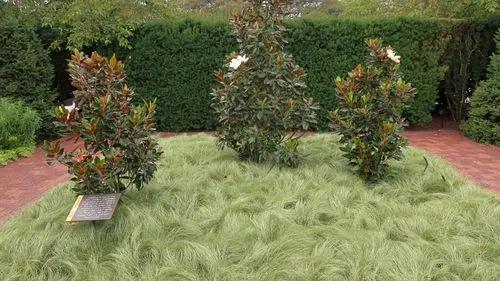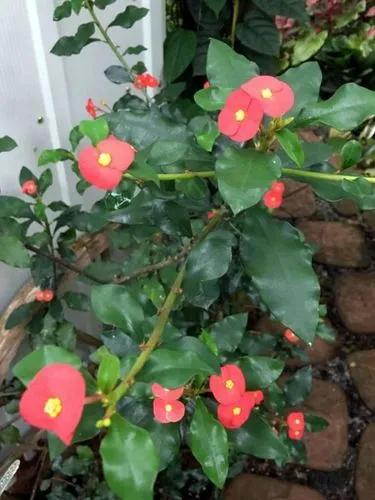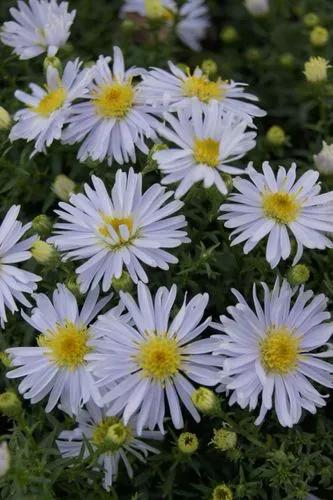Common yellow jasmine, Jasminum fruticans, is a small semi-evergreen shrub with yellow, slightly fragrant flowers that appear in summer and early autumn. The flowers are followed by glossy black berries that remain on the plant from autumn and through winter. As it matures, it forms a dome shape that can reach around two metres in height.This tough shrub is drought-tolerant once established, and, being native to the Mediterranean, combines well with heat-loving plants like lavender, thyme and salvias.
Wild Jasmine Care
Jasminum Fruticans



How to Care for the Plant

Water

In summer, it needs abundant watering, but in winter let the plant dry well between two waterings. Bring soil to a state of visual dryness between watering. When watering, thoroughly saturate soil until a little water runs out of the bottom of the pot. Growing in a clay pot will help maintain a healthy root system.

Pruning

Over a growing season Jasminum can become large vines that won’t fit well in the indoor growing space. Pruning of the vining stems should be done after the blooming cycle is complete, usually in late spring. At this time, they can be pruned severely, from which they quickly re-sprout. Another pruning can be done only if needed in late summer; from thereon, the vine should be allowed to grow until buds appear.

Fertilizer

Fertilize once a week with ¼ tsp of fertilizer per gallon of water using a balanced, water-soluble fertilize like a 15-15-15 or a blooming fertilizer like a 7-9-5. Under cooler winter temperatures and lower light levels, stop feeding.

Sunlight

Common jasmine is best grown in full sun, a southern exposure.They can be grown in partial sun; however, some direct sunlight is beneficial. It supports partial shade, but flowering is more abundant in the sun.

Soil

Install it in deep, fertile soil, kept cool to help it settle. It requires a well-drained soil. Jasmine officinale well supports the presence of limestone in the soil, it is a plant commonly planted in the southern gardens, whose land is often quite limestone.

Temperature

The Jasminum officinale is planted in the spring preferably in cool regions, in early autumn in dry and hot climate. When the temperature drops below -5 °C, the foliage becomes obsolete. Below -10 °C, the aerial parts of the officinal jasmine freeze and blacken. But if the strain is well established, new shoots will emerge in the spring. They prefer and need cool night temperatures during the winter, anywhere from 0-13 °C will do. Their need for cool night is related to flower inducement, which is stimulated by night temperatures below 16°C.

Container

For pot cultivation: choose a 50 cm container, in a good, rich, fresh and light potting soil, special Mediterranean plants.

Popularity

354 people already have this plant 49 people have added this plant to their wishlists
Discover more plants with the list below
Popular articles






